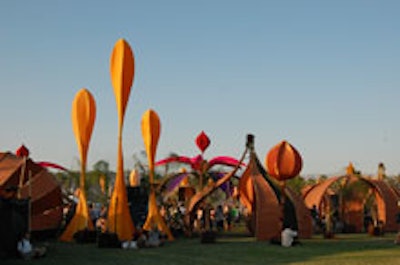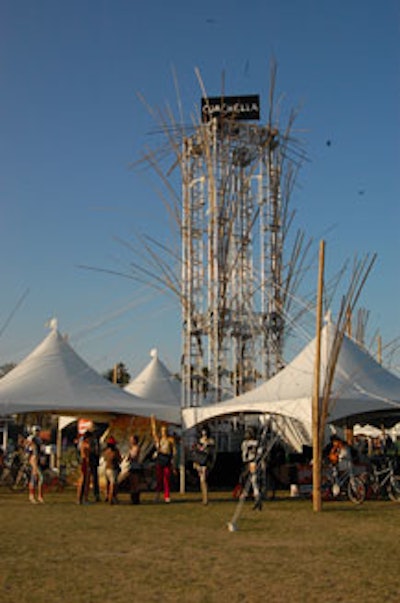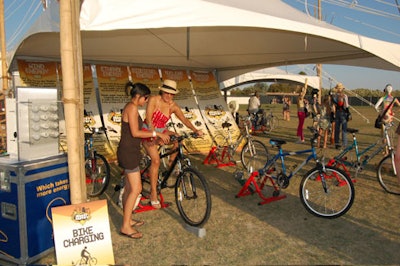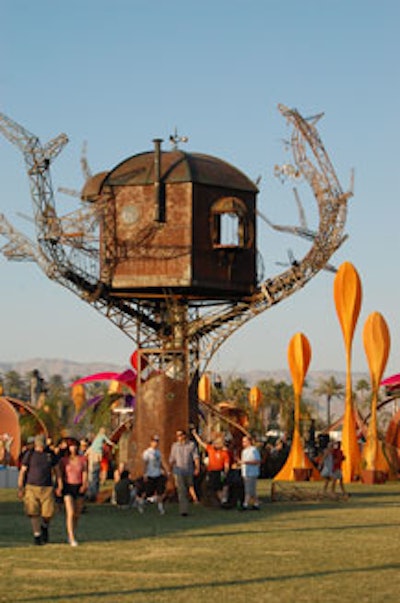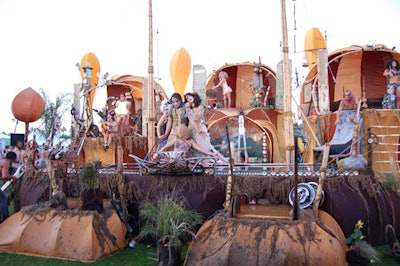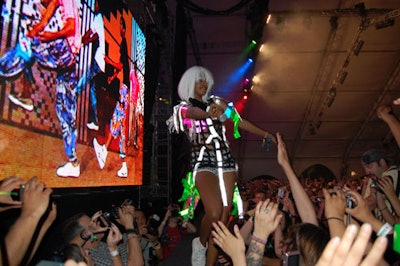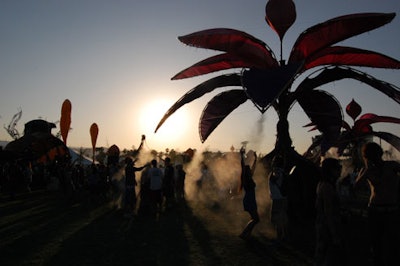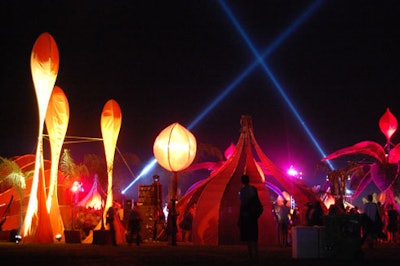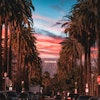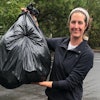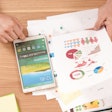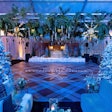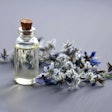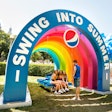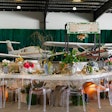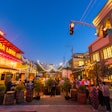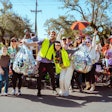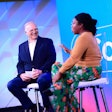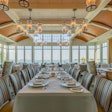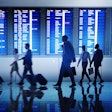FROM INDIO, CALIF. For a nearly decade-old festival with a storied history including financial woes, the Coachella Valley Music and Arts Festival has an uncanny way of reinventing itself and keeping its offerings fresh every spring. Goldenvoice, the Los Angeles-based producer of the festival, which began on Friday and wrapped yesterday at the Empire Polo Field in Indio, amped up programs geared toward environmental friendliness, artistic expression, and—most noticeable to the hordes who made the pilgrimage to the desert—concertgoers' comfort.
This year Goldenvoice introduced an expanded lobby area that featured lockers, vendors, restrooms, and water fountains, leaving more room on the main polo field for concertgoers to mingle. Over the three-day weekend, an estimated 150,000 people meandered through the bustling expanse of grass, with the biggest crowd on Saturday, the day with the most buzzed-about lineup. Prince, added late to the schedule, drew the most enthusiastic crowd and performed such unexpected songs as Radiohead's "Creep" (and more expected ones like "1999" and an encore including "Let's Go Crazy").
Coachella also added high-end lodging options to its on-site camping offerings. New tent packages included air beds with sleeping bags and pillows, plus larger camping plots with more privacy, as well as access to upgraded amenities including showers and restrooms, breakfast buffets, and adjacent parking. Package prices went as high as $4,000 for two-person safari tents—fully furnished bedrooms with air-conditioning. (The polo field is mostly exposed to full, scorching sun, with the V.I.P. area adjacent to the main grounds being coveted in part for its shade and misters—plus its bars.)
Goldenvoice also continued the water-bottle recycling program it began last year with youth activism org Global Inheritance (concertgoers could redeem 10 empties for one fresh, cold bottle) and kept the cost of water at $2 per bottle, the price it has been for as long as most returning festivalgoers can remember.
Global Inheritance also supplied the Energy Factory, an installation anchored by a 45-foot-tall wind-powered clock, near the entrance of the festival. Among the environmentally conscious offerings within the installation were bikes that powered cell phone chargers and misting fans, plus an educational biodiesel exhibit and eco-friendly screenprinting.
Perhaps the most ambitious (and buzzed-about) of Coachella's eco-friendly initiatives was the festival's partnership with Amtrak to create a shuttle service between Los Angeles and the polo field in Indio. Dubbed the Coachella Express, the free train transported concertgoers with camping passes; then, from a temporary train platform in Indio, shuttle buses transported concertgoers to and from the camping check-in area at the venue. For non-train riders, the "Carpoolchella" initiative rewarded people traveling at least four to a car by offering prizes, like lifetime passes to the concerts and V.I.P. tickets.
In a marriage of comfort, entertainment, and branding, a slate of sponsors set up tents on the festival grounds. AT&T set up a "Refresh and Recharge" tent, where festivalgoers could come in to juice their cell phones or check their email at computer terminals while watching a live feed of the shows on plasma screens. (For those who couldn't be there in person, AT&T offered a live feed online, too.) In the Virgin autograph tent, bands signed stuff for attendees on each of the festival's three days. And in PlayStation's tent, guests could play games like its new karaoke-style SingStar (which the brand also pushed at T-Mobile's off-site party on Saturday night).
Another one of the big stories out of the festival this year was the growth of the already massive and diverse art installations meant to put the "arts" in the "Music and Arts Festival." The Do Lab, the Los Angeles-based artists' collective that created some of the installations that peppered the vast field, took most of a week to load in about 35 pieces, which rose as high as 30 feet. In addition to the art factor, the installations also served to provide shade, as well as cooling: This year, misters and water pumps sprayed out 6,000 gallons of water per day, up from 2007's daily 2,400. (Other festivals had coveted 2007's installations, so the Do Lab ended up taking them as far away as Japan, although they weren't designed to be moved and reinstalled. This year, the Do Lab built the pieces with portability in mind.)
"We had a little more than an acre of land inside Coachella, and [our installation was] very dense. We made new shapes out of rattan fabric and added a lot more lighting sculpture elements—pieces that light up inside," said the Do Lab's Jesse Flemming, whose work also served as multitiered platforms for Lucent Dossier Vaudeville Cirque performers and an environment for about 20 DJs' sets. Further, the Do Lab's installations served as meet-up spots, which, Flemming added, worked as "little intimate zones where groups of friends could get together and relax."
"Goldenvoice doesn’t give us any mandates at all—this was our fourth year, so they gave us free rein to do whatever we chose," Flemming said, adding that one of Goldenvoice's key objectives was that "they really wanted an amazing skyline at nighttime. They wanted to look across the field and see all this stuff pop up and glow."
